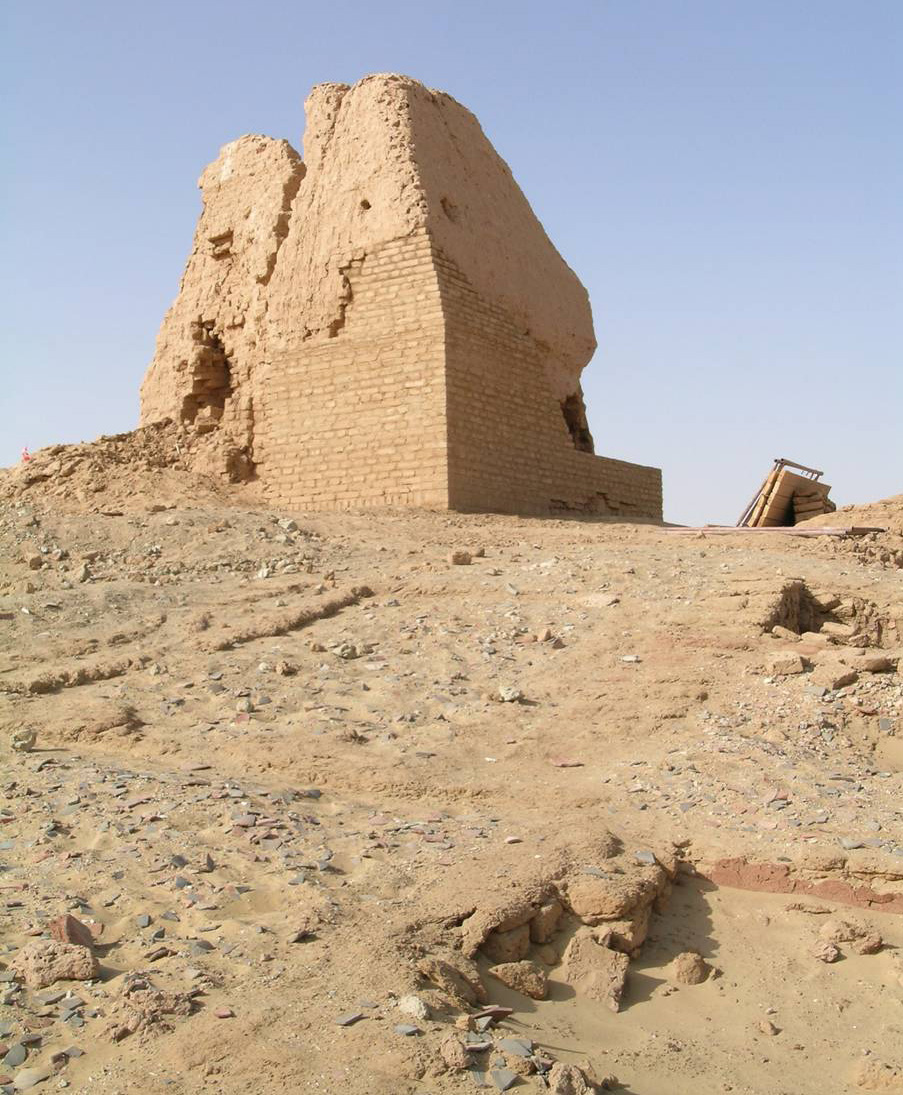Excavation of Egyptian-Roman settlement at Amheida
Amheida (‘Trimithis’ in Roman times) is a large surviving archaeological site of the Dakhleh Oasis. It’s remains extend from the Old Kingdom to the fourth century AD. It was the center of a rich agricultural area. The temple of its chief god Thoth has been destroyed, but decorated blocks and other remains show that it goes back at least to the New Kingdom; many older stones were reused in the temple built in the first century AD. Three residential areas have been explored so far, two with elaborate wall paintings, and many more are still untouched. Amheida also has a standing brick pyramid in one of its cemeteries, a church, a school, and a Roman bath. Its Roman Egyptology fort stood a few kilometers away, where El-Qasr is located today; this has been investigated by the Qasr Dakhleh Project. The Amheida project is sponsored by New York University, with Roger Bagnall as director, Paola Davoli as archaeological field director, and Olaf Kaper as associate director for Egyptology. It has a website with annual reports and publications at www.amheida.org, and its database at www.amheida.com is open for public view.








